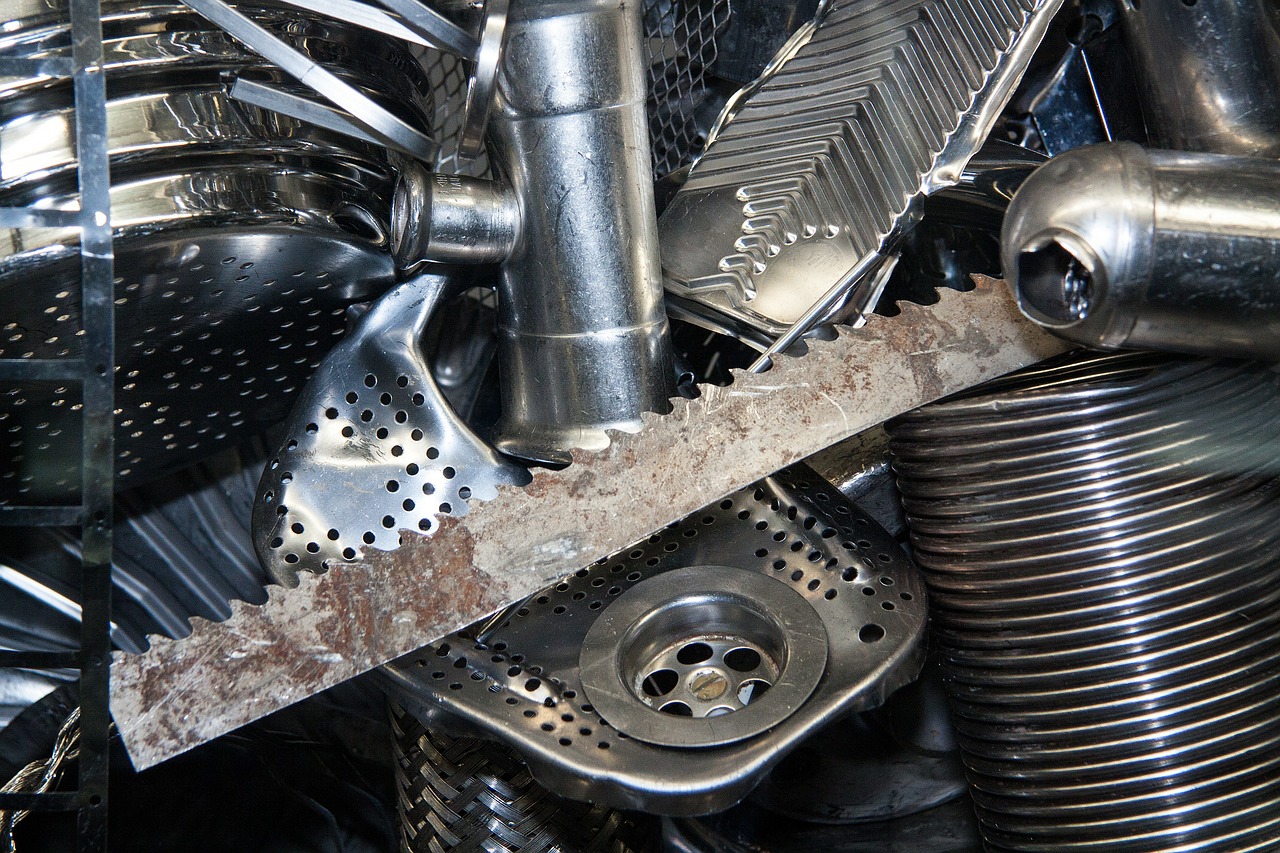Steel scrap is still steel! Steel is probably the only material that is almost 100% recyclable. The world collectively produces around 1.6 billion metric tons of steel and consumes 1.5 billion metric tons.

As per the World Steel Association, in 2012, the world recycled around 88% of the steel it consumed.
Steel recycling is a process by which scrap steel is processed into new products.
This is done to prevent wastage of potentially useful materials; air and water pollution by reducing the need for conventional waste disposal; lower greenhouse gas emissions; and reduce the consumption of virgin steel and energy.
Although iron and carbon are in abundance, there isn’t enough percentage to satisfy fresh productions. We need to protect and preserve these limited resources.
What the Consumer Gets by Recycling Steel
Recycling is also done for economic reasons. It is always cheaper to recycle steel than to mine virgin ore and process it.
Then why not stop mining virgin ore? To answer this, it is pertinent to note that many steel applications require to last long. As examples, cars, electrical appliances and bridges need to last for a long time. Recycled steel might not be as durable. Thus we continue to mine virgin ore to supplement the production of new steel. And at times, scrap steel is mixed with virgin steel to make the former more durable.
Economic expansion – domestic and international – creates additional demand that cannot be fully met by available scrap supplies.
A steel mill that uses scrap steel in stead of virgin iron ore to make a new product is necessarily not compromising on performance and grade.
In fact, its manufacturing process poses fewer risks to the environment. This gives the consumer an outstanding value.
Benefits of Steel Recycling
As per the US EPA, the benefits of steel recycling in the US is calculated in the following way
Energy savings: 75%; virgin iron ore savings: 90%; reduction in water use: 40%; reduction in air pollution: 86%; reduction in water pollution: 76%; reduction in mining wastes: 97%; and reduction in consumer wastes: 105%.
Also, every ton of new steel made from scrap steel saves 1,115 kg of iron ore, 625 kg of coal, and 53 kg of limestone.
Environmental Advantages
Some unique advantages of recycling includes
1. The conservation of the ever-diminishing landfill space and recovery of the surface biodiversity destroyed in mining of new raw materials from the ground.
Of course, individual observations might be contrary to this.
2. It ensures that valuable resources aren’t lost. The metals made from these secondary resources then make much less impact in the re-manufacturing process.
3. 100% recyclability is the mark of a sustainable industry.
4. Using secondary raw materials means consuming less natural resources, which would otherwise be needed to make newer metal compounds such as iron ore in steelmaking.
5. EU figures indicate that using recycled raw materials, including metals, cuts CO2 emissions by 200 million tonnes every year.
